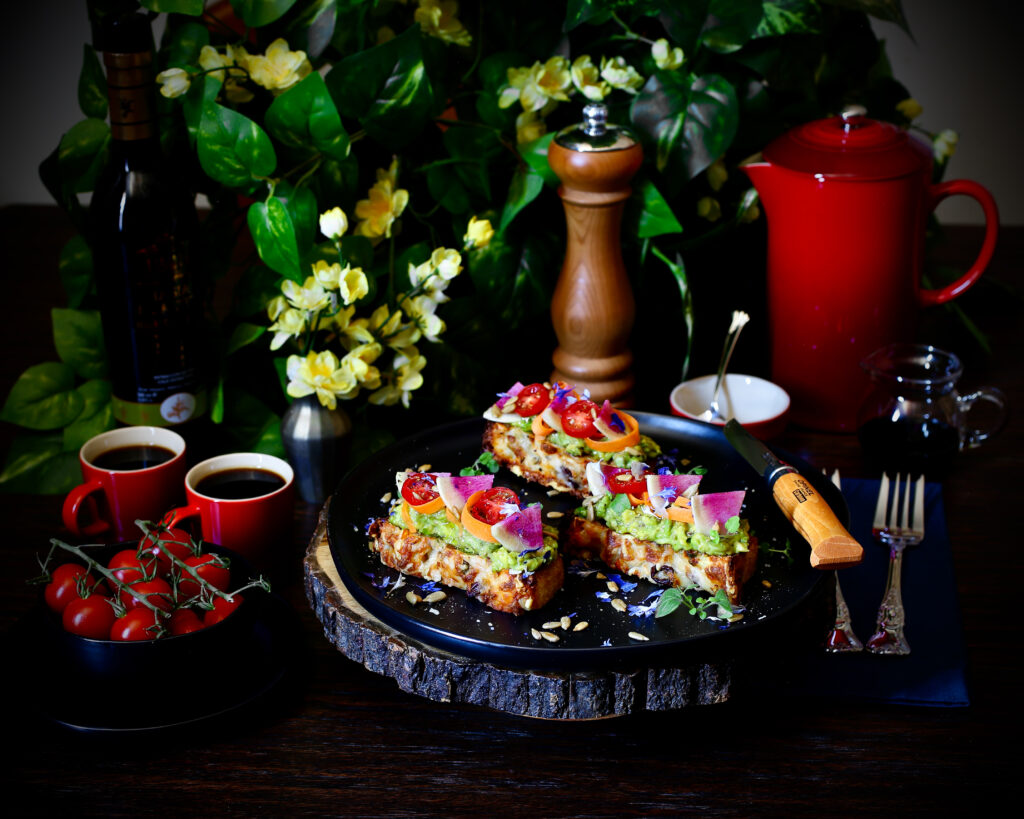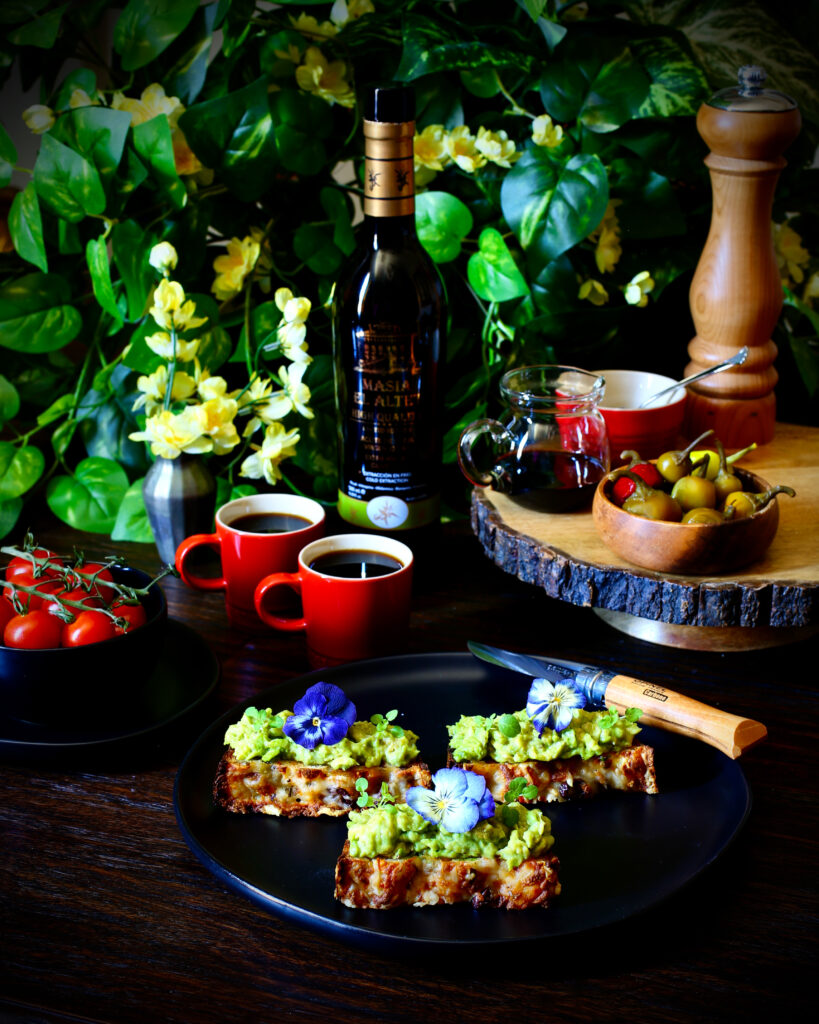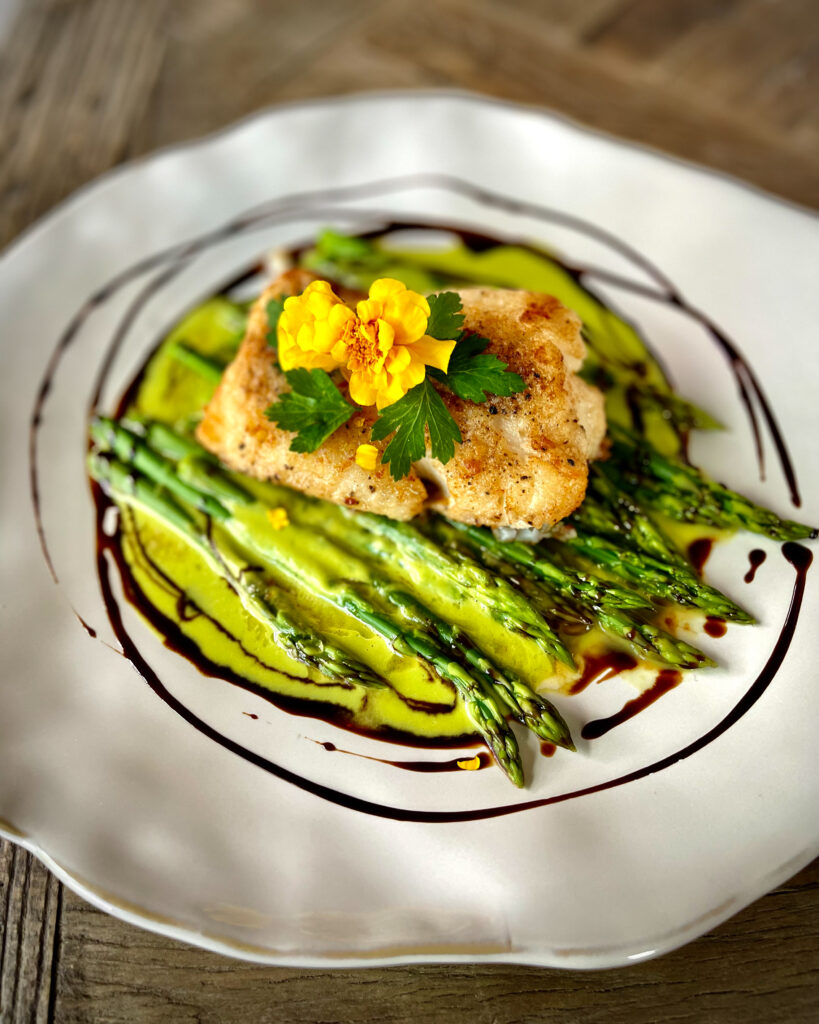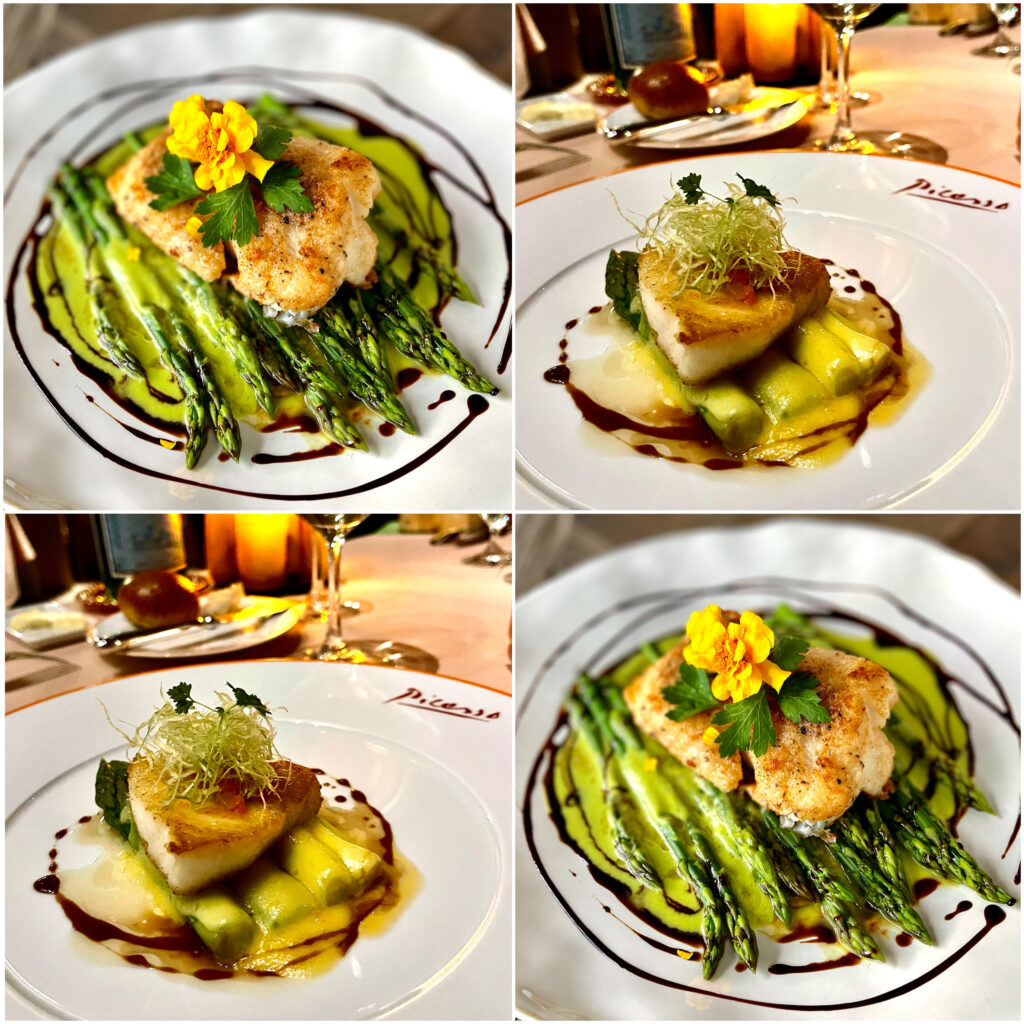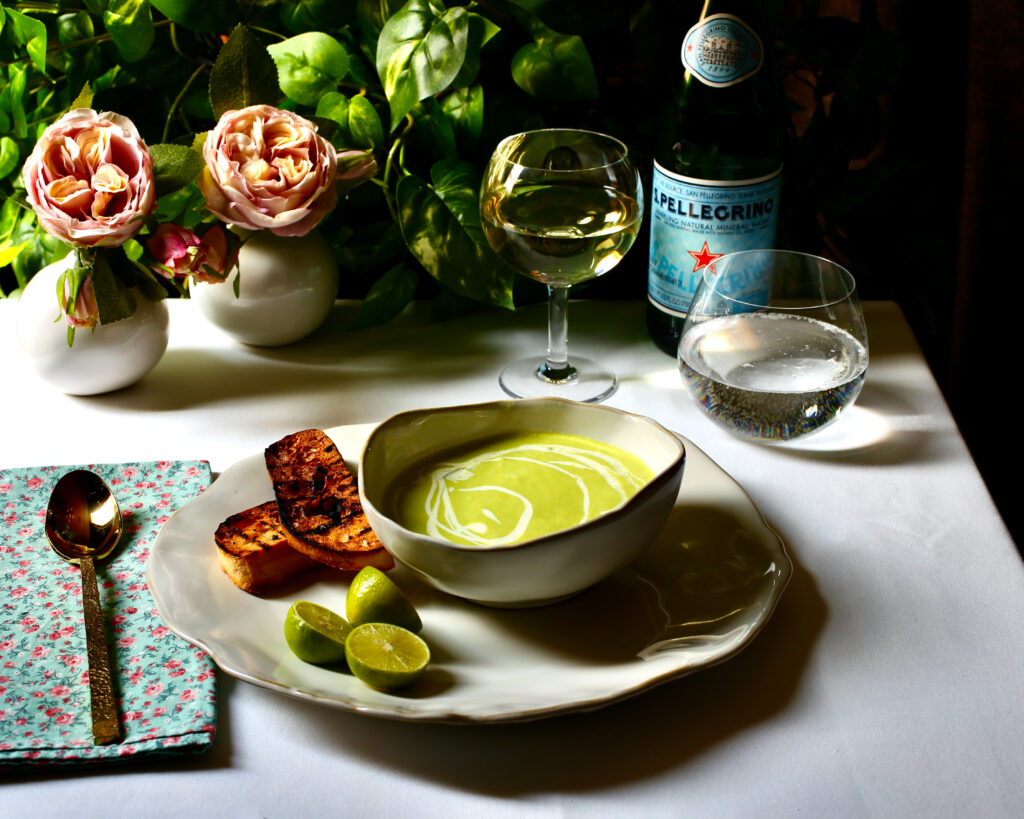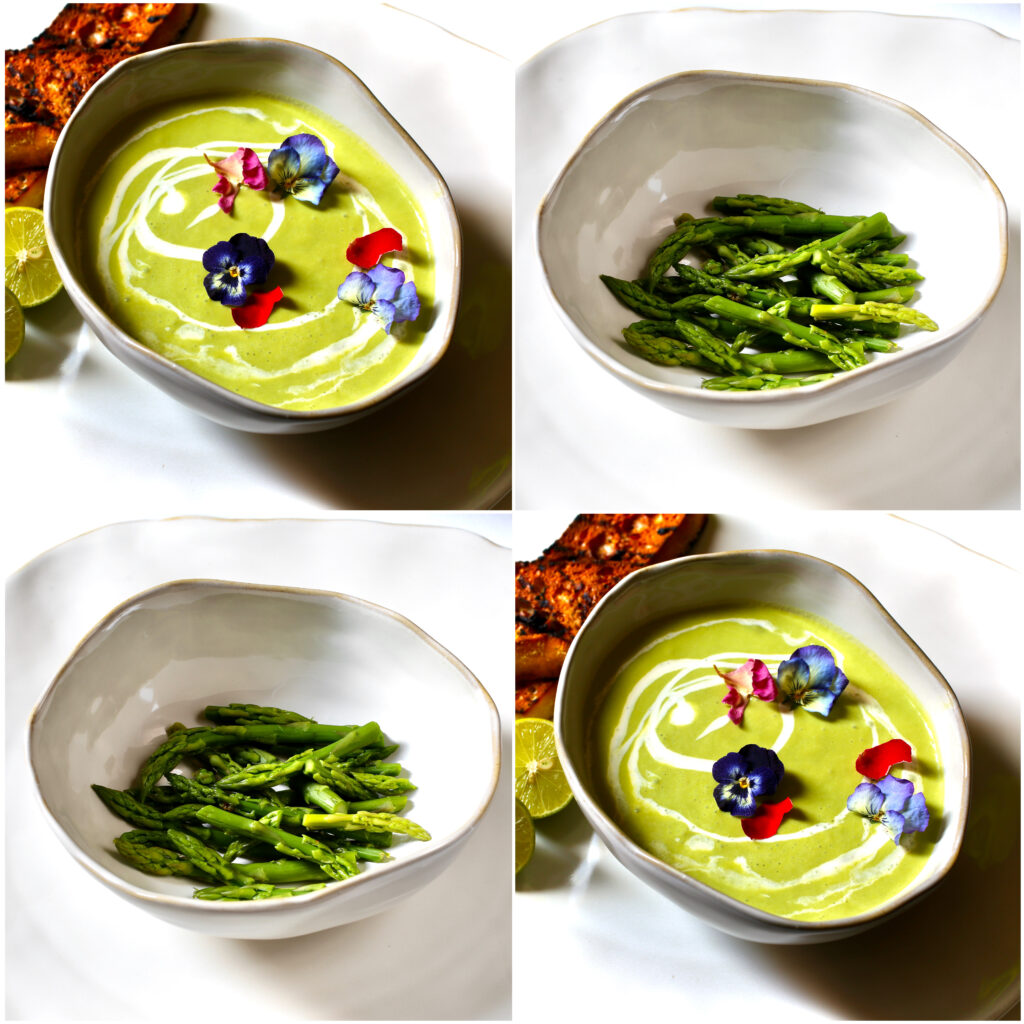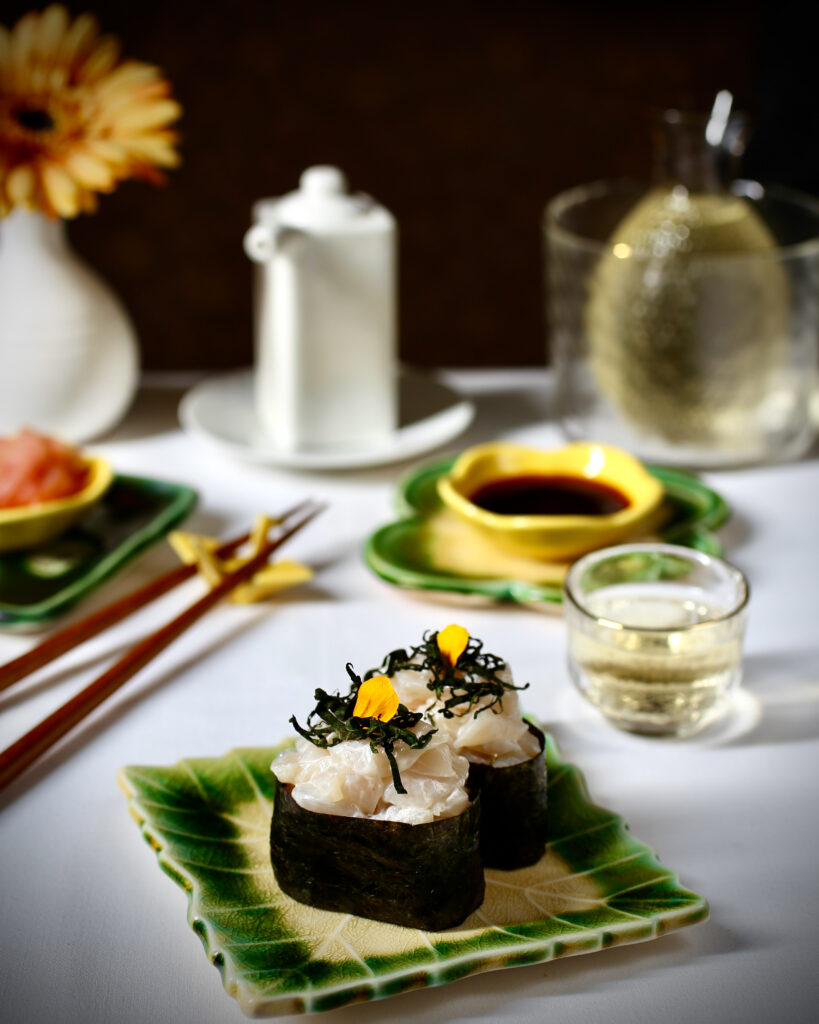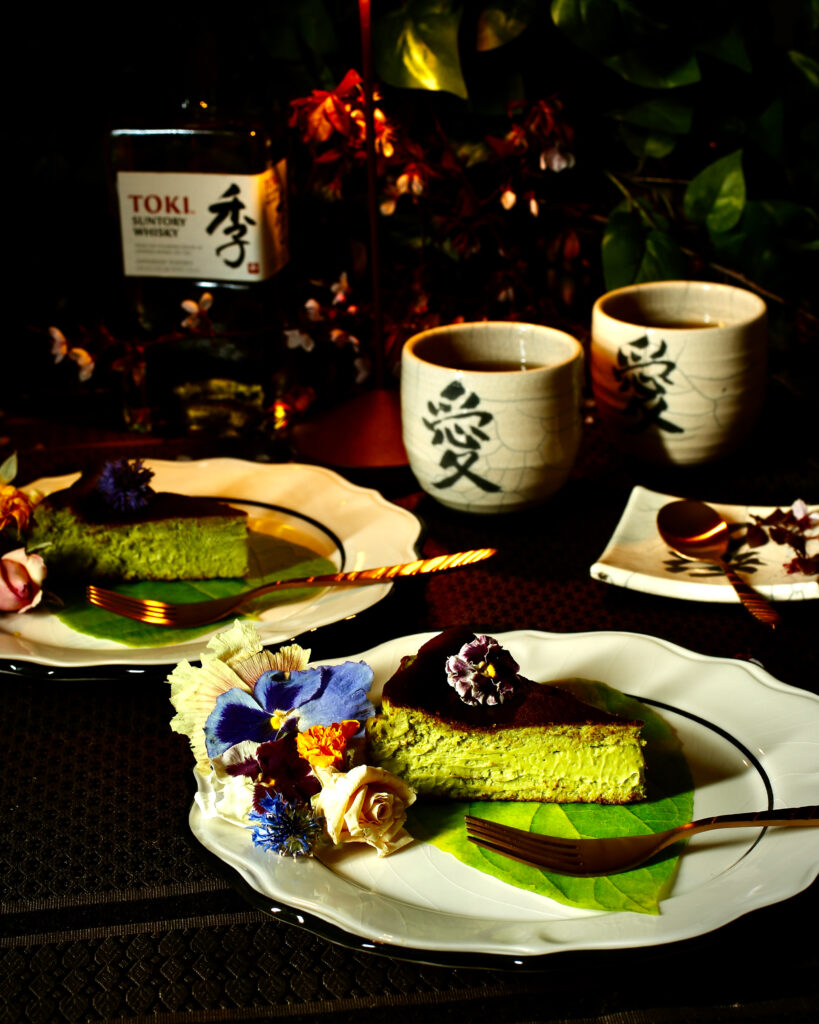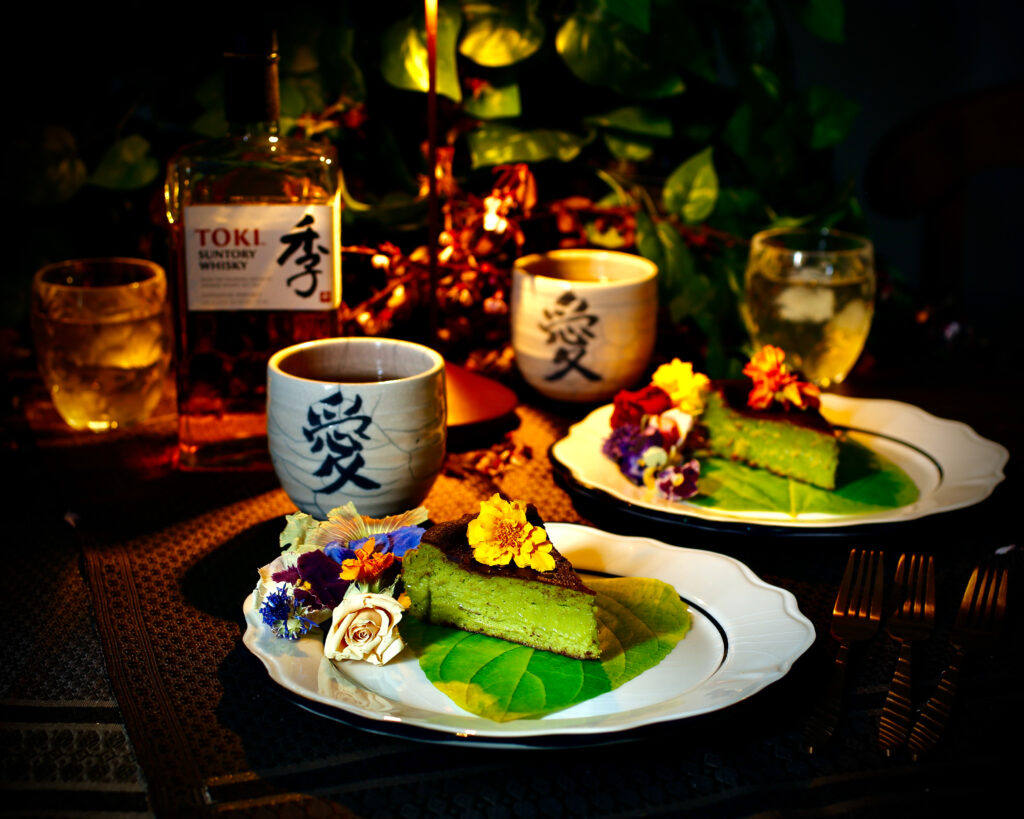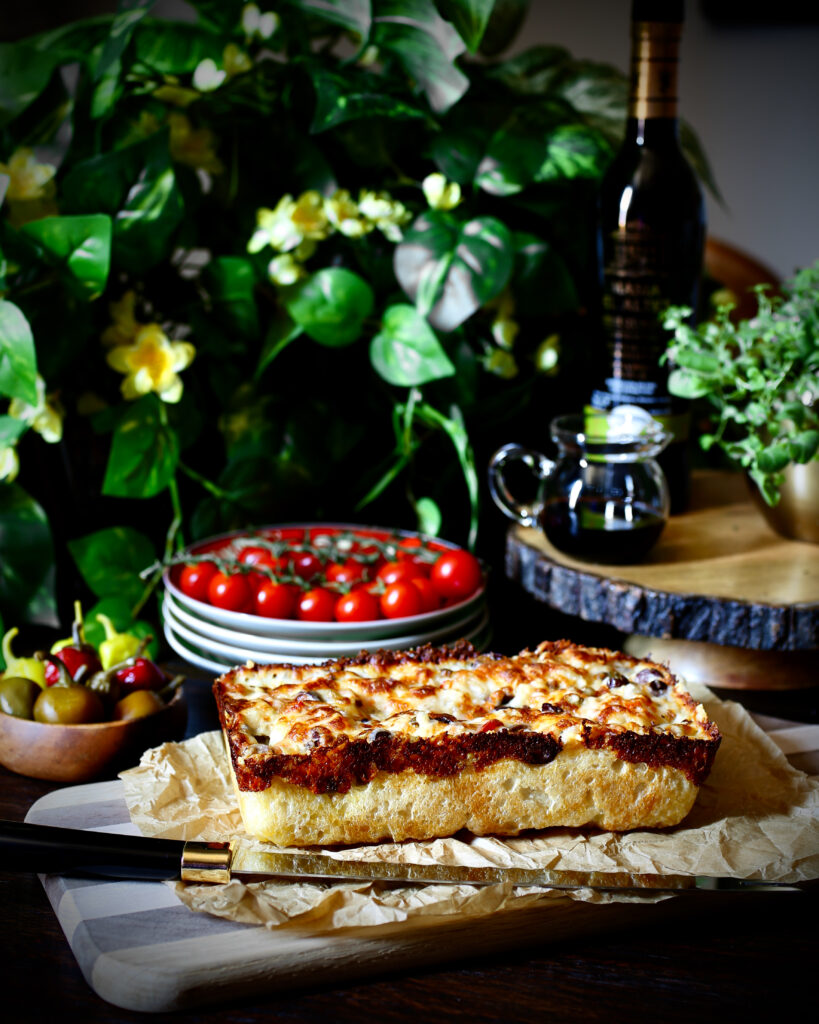
🫒 🧀 🍞 Loaf-Pan Focaccia 🍞 🧀 🫒
and
🥑 Avocado Focaccia Toasts 🥑
Small-batch focaccia dough is topped with olive salad, mozzarella and parmesan cheeses, and baked in a loaf pan. It is heavenly, served warm with herbaceous fruity olive oil and aged balsamic vinegar for dipping.
The leftover portion is wrapped up and saved for the next morning’s breakfast – avocado toasts served two ways, plain and loaded. Focaccia is great as a sandwich bread, and loaf-pan focaccia makes for the absolute best avocado toast!
The dough is made with five simple ingredients – bread flour, instant yeast, salt, water, and olive oil. Compared to all-purpose, the amount of protein found in bread flour is higher in order to contain and produce more gluten and achieve the desired rise in bread. Because of this higher protein level, bread flour is able to absorb more liquid, allowing it to hold its shape and rise upward. The high amount of gluten in bread flour also creates a more elastic dough, which helps achieve focaccia’s airy crumb and chewy texture. Olive oil is added to the dough for tenderness and flavor.
